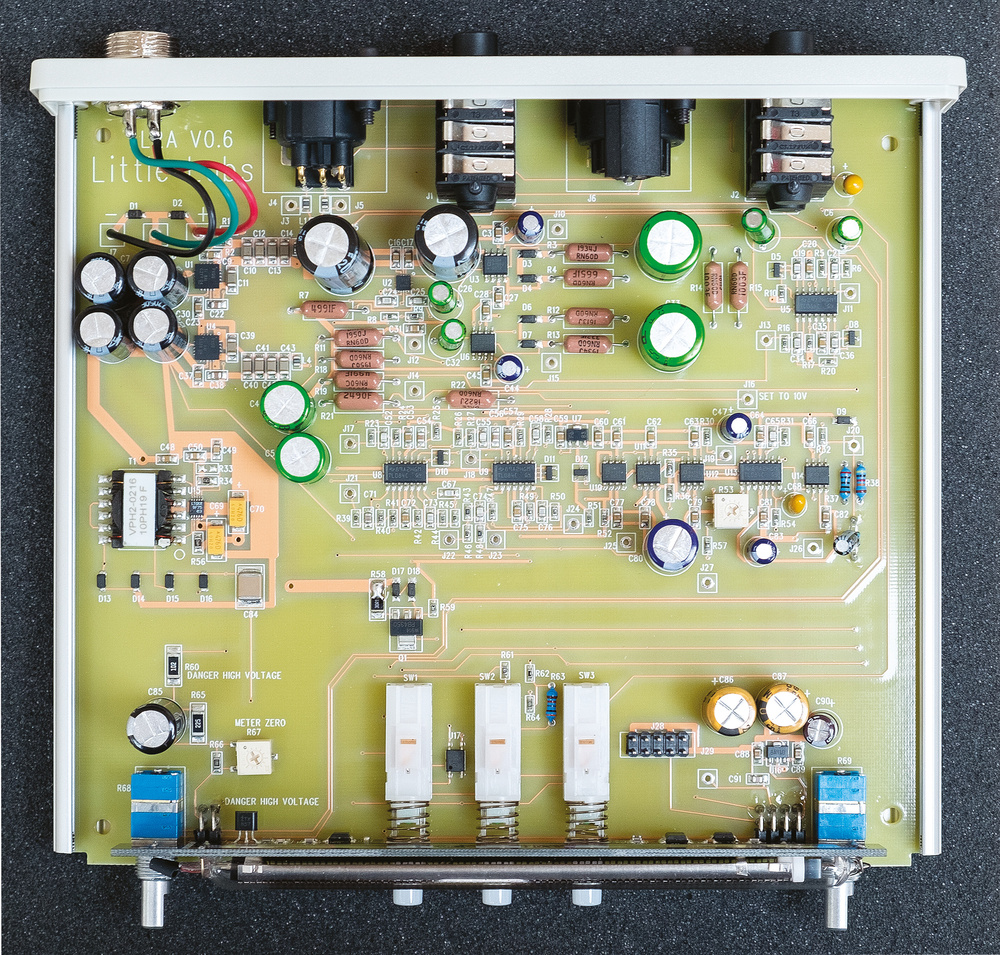altfidelity
Well-known member
How would you describe Little Labs LL2A sound-wise?
To me it sounds somewhat "fairchildish" / varimu-ish, very thick and pumping/thumping in an old school way.
Yet it is completely solid state, not a tube, vactrol, T4B, or a transformer in sight.
The board looks like a budget Alesis Microlimiter, very simple & compact....
https://www.soundonsound.com/reviews/little-labs-ll2a
Anybody heard/build anything similar?
To me it sounds somewhat "fairchildish" / varimu-ish, very thick and pumping/thumping in an old school way.
Yet it is completely solid state, not a tube, vactrol, T4B, or a transformer in sight.
The board looks like a budget Alesis Microlimiter, very simple & compact....
https://www.soundonsound.com/reviews/little-labs-ll2a
Anybody heard/build anything similar?
Last edited:




